Swiss animated film has taken more than five decades to become a genre with potential to have an impact. Animated films of a high artistic standard, termed auteur films, are recognised as an artform with full status in Switzerland as they are everywhere else, and those produced domestically can now hold their own outside the country’s borders.
It wasn’t until the 1960s that Switzerland had much ground in which the animated film genre might put down roots. Such works were rather scarce, and tended to be the hobby projects of makers of commercials and educational and corporate films. Then, though, younger Swiss film-makers started to get themselves noticed. Their ambition was to create works in their own free style. They were self-taught, built their own equipment, loved experimenting and brought their projects to completion without budgeting or receiving any funding. Three representatives of this generation in particular ended up bringing Swiss film animation a long way forwards. They were all from the French-speaking part of Switzerland, which can, then, rightly be called pioneer country.
Moving pictures in the sand
Gisèle and Ernest (“Nag”) Ansorge – she a pharmacist, he an engineer – started it off. Their short films attracted attention in both Switzerland and abroad towards the end of the 1950s. They are films of an artistic standard, which saw the light of day while their creators wrote and worked as contractors on a variety of film projects. By experimenting, the couple soon found a technique of their own, and one to which they remained faithful in the ten auteur films they produced between 1967 and 1990: sand, laid upon a light table. For each shot, Gisèle’s hand formed the sand into a shape before rearranging it for the next, and so it went on: This process, known as “stop-motion” produced one second of film for every 24 images taken.
In the films, Gisèle and Ernest Ansorge invited the viewer to step into various dream worlds in which surreal figures transformed themselves incessantly. In them, the authors told stories they had thought up and came up with disturbing metaphors for what it means to be human. The films also, in keeping with the spirit of the time, gave expression to the desire to liberate the creative will from the conventions that constrained it. Most of these short films were in black and white and conveyed a predominantly bleak and restless atmosphere, something to which their sand technique was ideally suited.
Well-composed images
For some insiders, the leading figure among Swiss animation auteurs was someone else – Georges Schwizgebel. Schwizgebel trained as a graphic artist, and his oeuvre comprises 18 short films, likewise produced using the stop-motion process. His style, featuring the use of acrylic or gouache paint on cellophane, nonchalant brush strokes and luminous renderings of such colours as olive green, brick red and ochre, is unmistakeable. He also relies on music rather than on language, and aims for flowing sequences without the use of editing.
Schwizgebel, too, is given to telling stories, and used the tale of Dr Faust as subject matter on more than one occasion. His primary concern, though, is not with narration in the conventional sense of the word, but rather with the communication of a theme through visual concepts. In each of his films, the artist explores a way of creating form, and this makes for a remarkable consistency throughout his work. The concept for each film is worked through conscientiously. Schwizgebel is fond, for example, of building in invisible mathematical structures, because he is convinced that the animation is made even more magical by conformity to laws that remain hidden while giving the flow of images a natural and compelling logic. Like the pioneering Ansorge couple, Schwizgebel’s making of his films was always a matter of patient craftsmanship.
A living scene
Today’s animators, though, have a wider range of methods to hand in the shape of the various technologies and modes of expression developed in the course of the digital revolution. In consequence, contemporary Swiss animated film-making is characterised by an intensive approach to production. And ever since the pioneer era, the scene has kept on bringing forth outstanding and stunning achievements. One of the most talented representatives of its younger generations is the director of “My Life as a Courgette”. The Ansorges had already started collecting their awards by the time Claude Barras was born, in 1973. At that time, Schwizgebel was working on the first of his films to win an award.
The auteur animated film as a genre owes its present vitality to the doggedly persistent work done over decades to establish it. One contributor to this was the Trickfilmgruppe Schweiz/Groupement Suisse du Film d’Animation (GSFA), a professional association founded in 1969, in which Ernest Ansorge in particular was involved. Other work was done by the three Swiss festivals that were dedicated to or featured animations, and strong partnerships were established with television companies and effective sources of public funding for film-making. There is now a degree course in animation filming, offered by the University of Lucerne.
Swiss animated film-making has grown in self-confidence. For a decade now, some Swiss film-makers have been getting bolder, venturing to work on longer films as well as short ones. Long films entail lots of risks, and it was in this genre that Barras notched up his triumph. His film has a running time of 67 minutes, far longer than the 13 minutes of the Ansorges’ longest sand animation or the 9.5 minutes of Schwizgebel’s longest opus. Cost of production in this type of film is the highest per time-unit of any genre. So logic has dictated that longer films should be joint efforts involving input from abroad: It is no coincidence that it was a Franco-Swiss co-production that got the orphan boy “Courgette” on his feet and running.
Stephan Winkler is a historian from Basel and a former maker of animated films
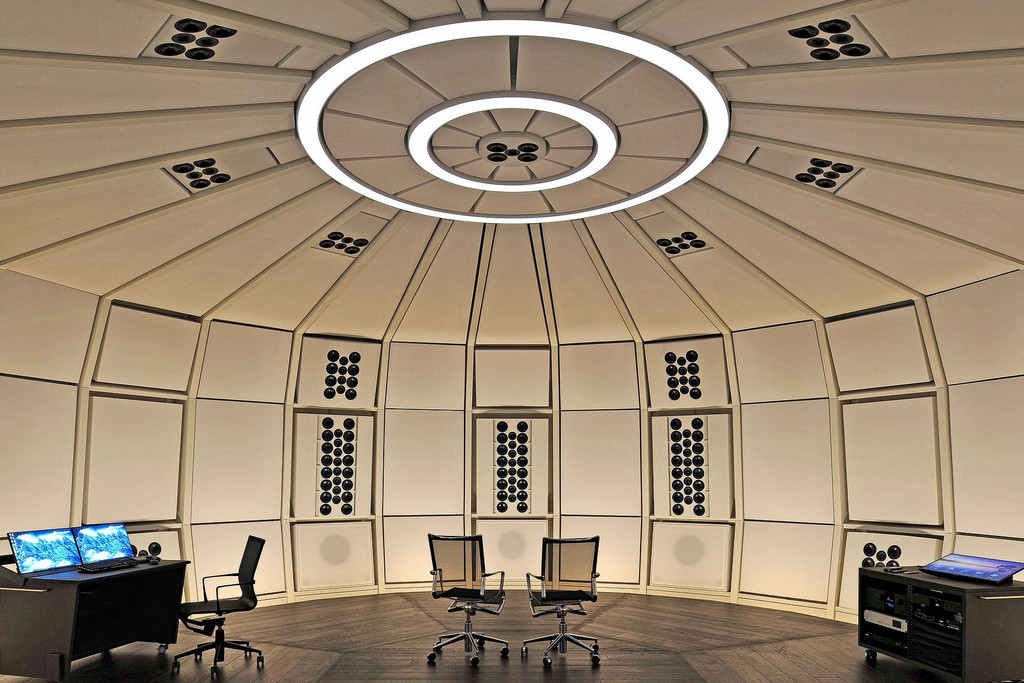
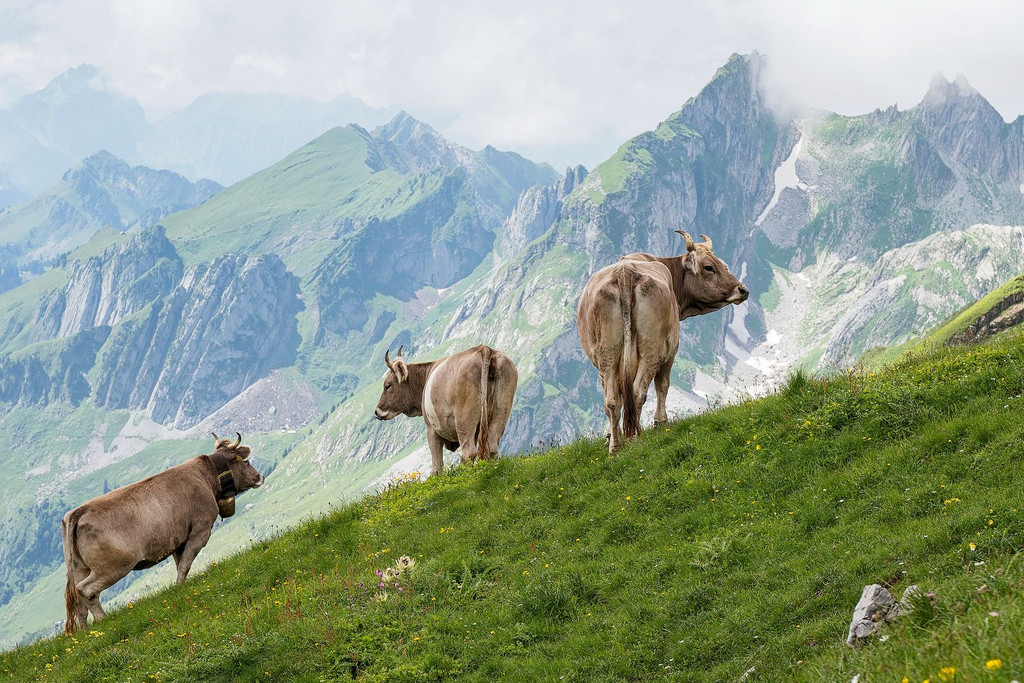
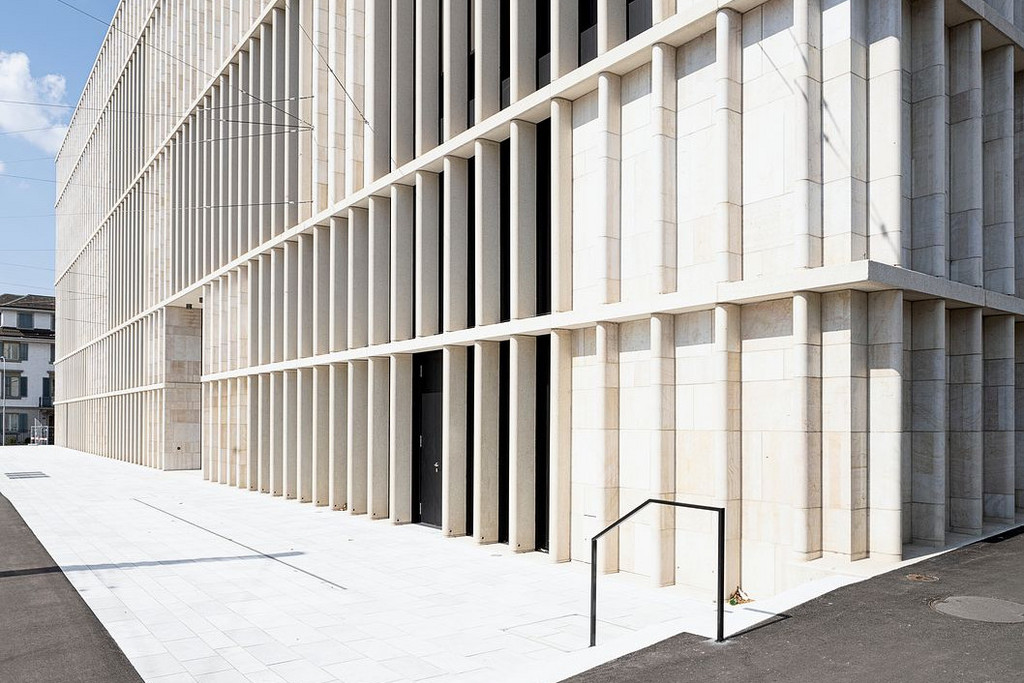

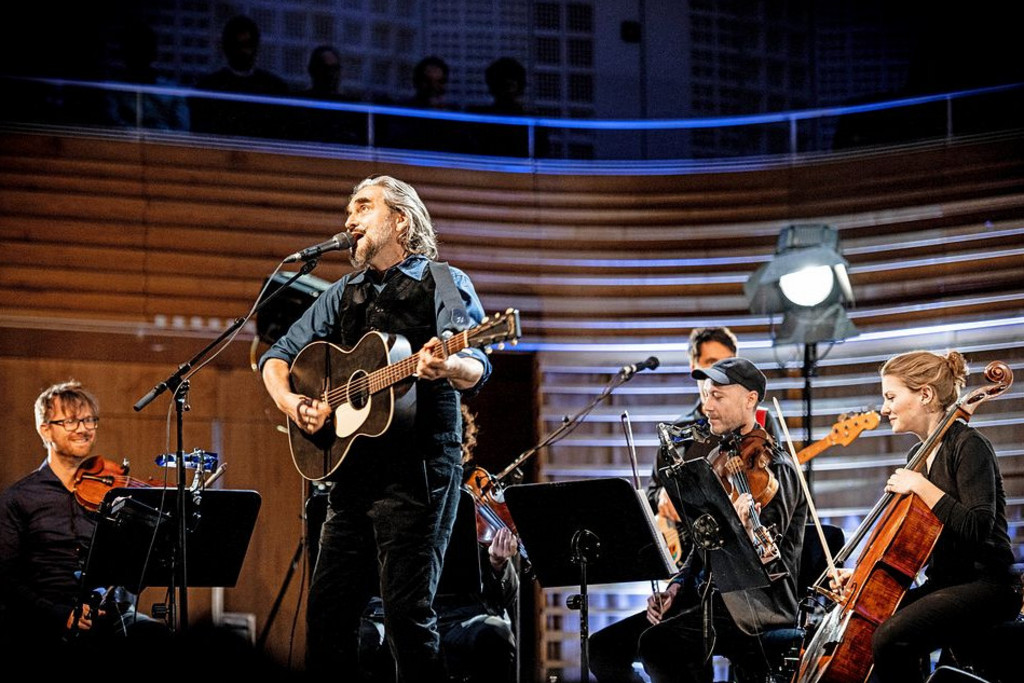
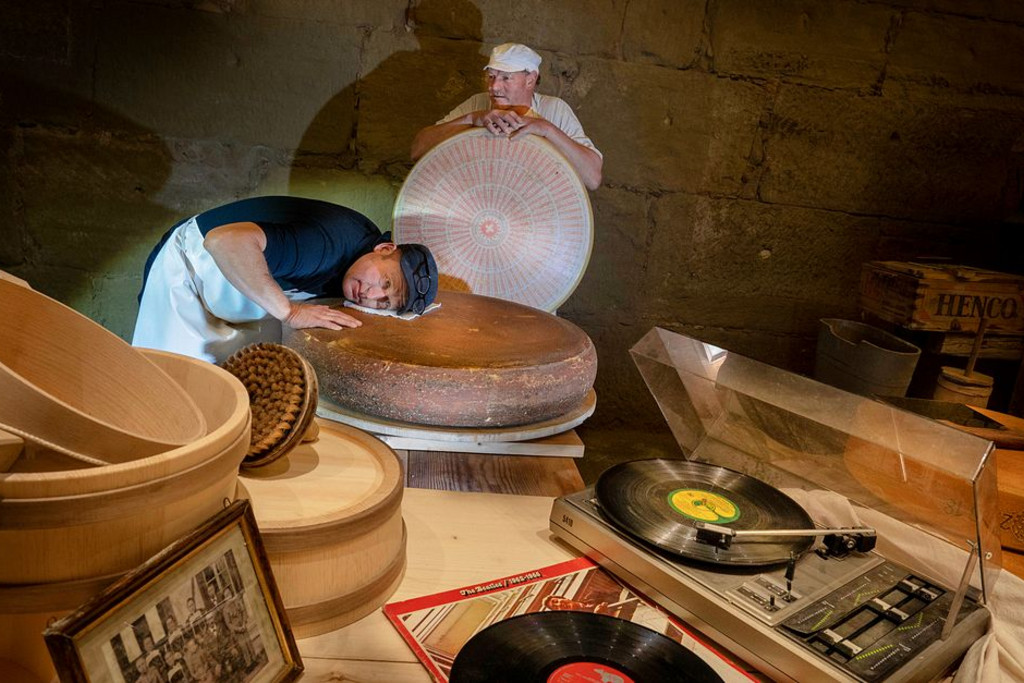





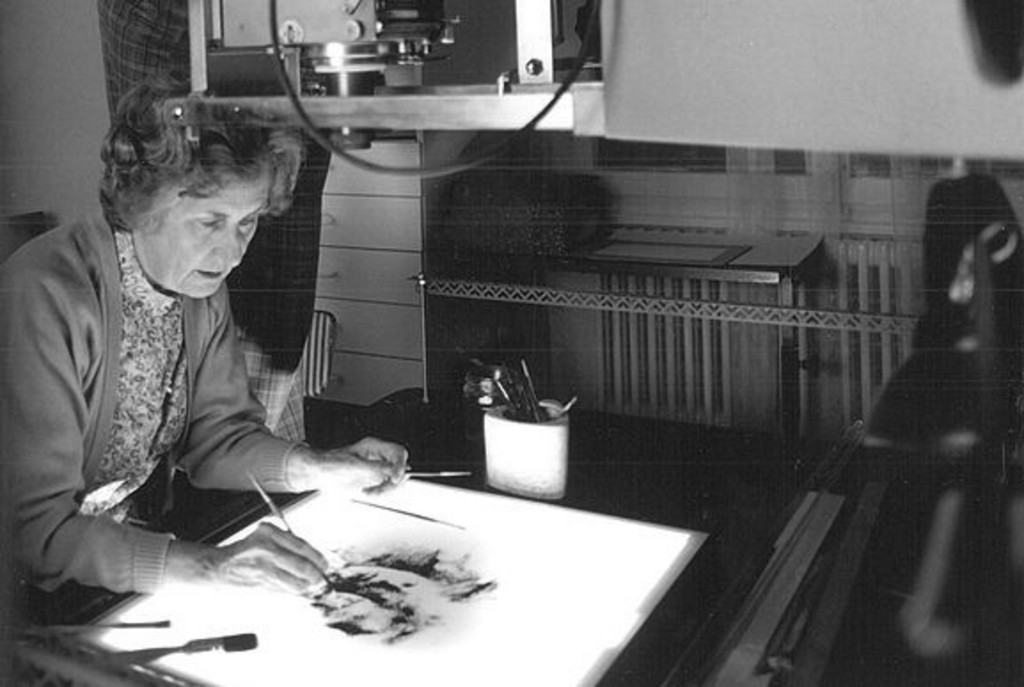
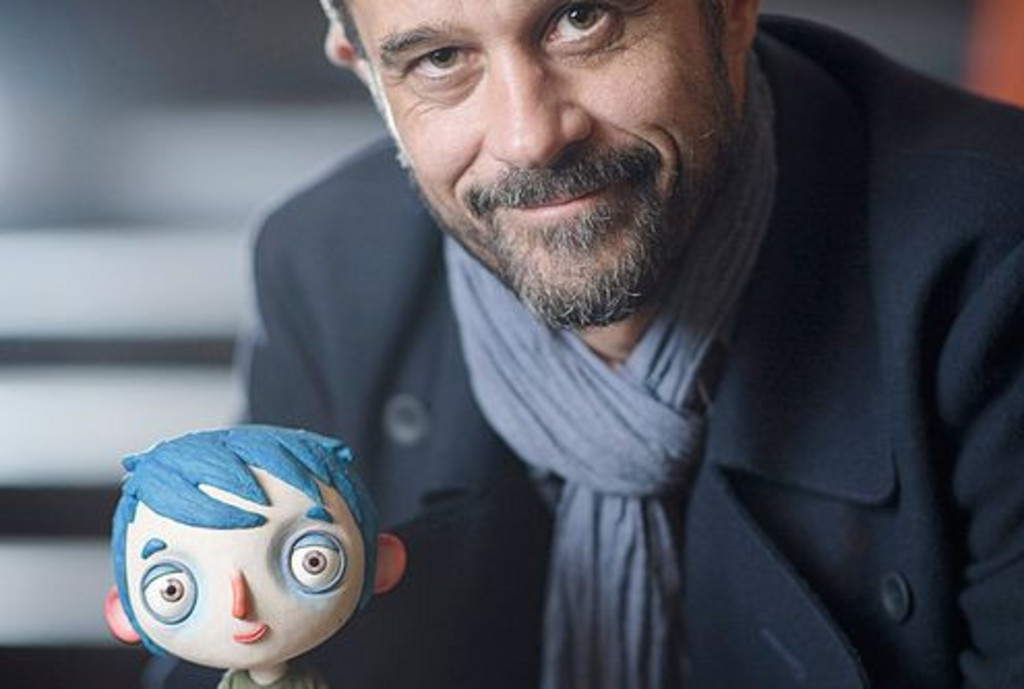
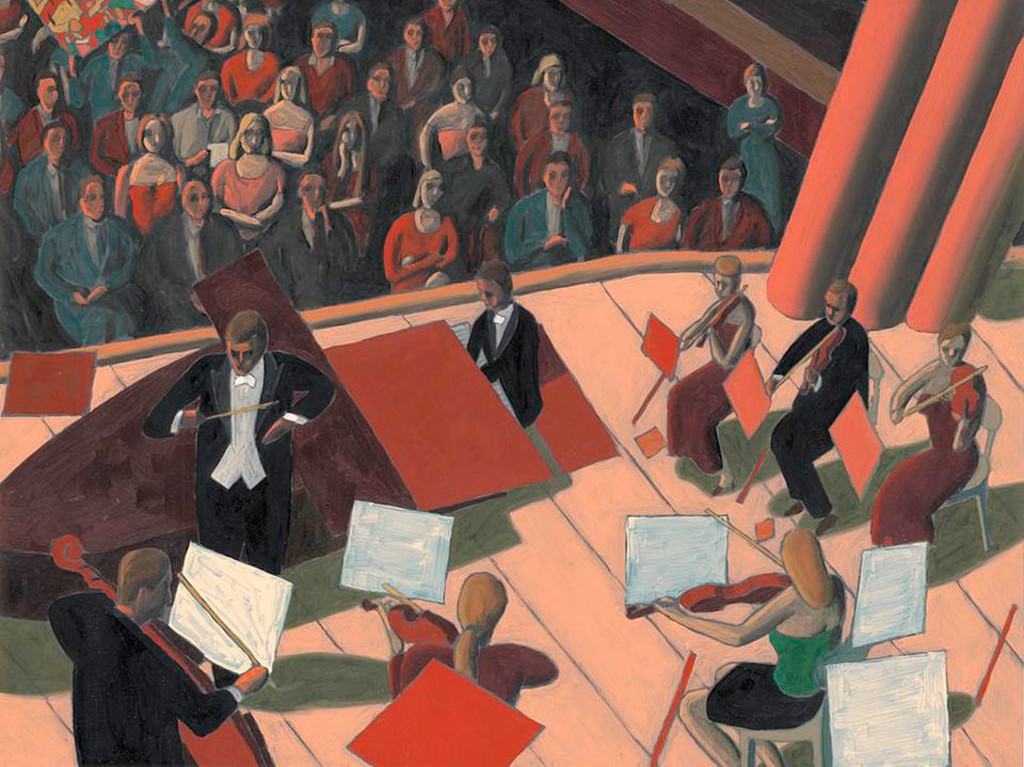
Comments
Comments :
Il est trop chou!